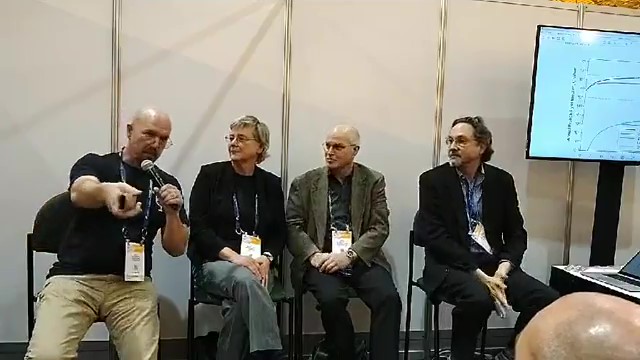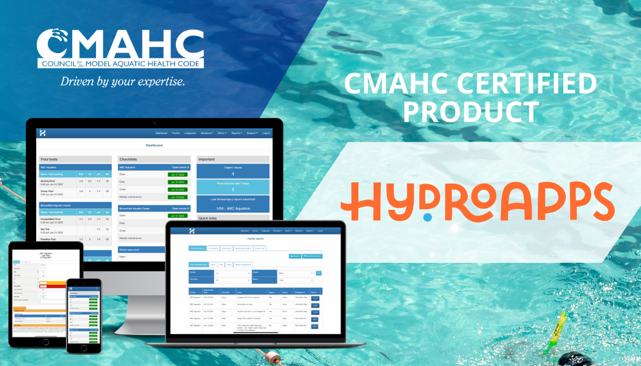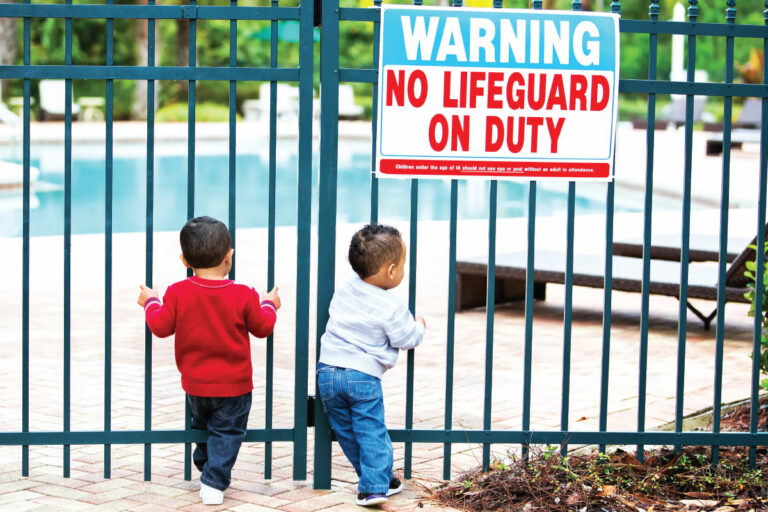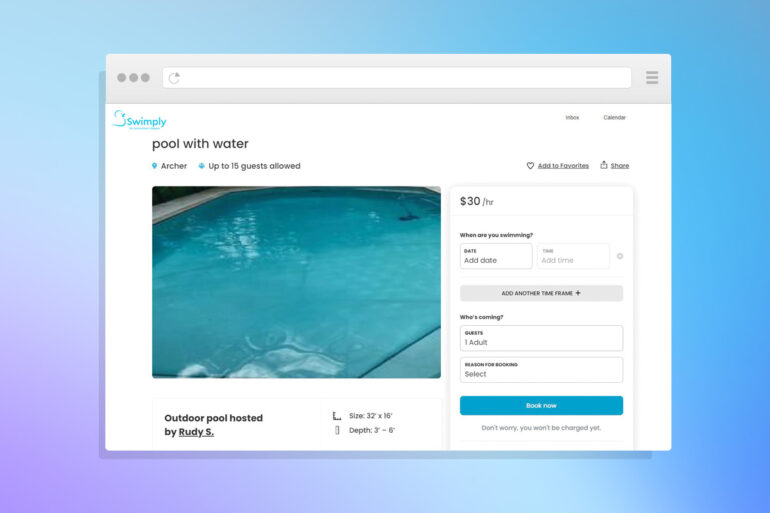Cyanuric Acid Debate

There was a standing-room-only panel discussion at the International Pool | Spa | Patio Expo this past November on cyanuric acid in pool water care. Panelists consisted of three members of the Centers for Disease Control and Prevention Ad-Hoc Committee of the Council for the Model Aquatic Health Code (Ellen Meyer, product safety and government affairs manager for Innovative Water Care; Roy Vore, technology manager for BioLab, Inc.; and Richard Falk, CYA Ad-Hoc Committee of the CMAHC) and a pool guy (me). The topic was the correct ratio of cyanuric acid to free available chlorine to ensure chlorine efficacy as a bactericide.
There will be a vote in October 2020 to determine an industry standard for inclusion in the Model Aquatic Health Code regarding cyanuric acid ratio in proper pool chemistry.
Although the panelists agreed that cyanuric acid is a factor, there was no agreement on ratios. Falk and Meyer advised the 20:1 ratio with a maximum CYA of 80 ppm. Vore approached it from a microbiologist’s perspective: Cyanuric acid at any level does not diminish the effectiveness of chlorine in the disinfection of bacteria. I argued that bather load, geographic location and operator’s preferred treatment protocol would all play a role in the sanitizer:cyanuric acid ratio necessary for chlorine to serve as an effective antibacterial agent.
Suggested Ratios Determined by Risk Assessment
Falk explained that the 20:1 ratio (maximum CYA 80 ppm, maximum FAC 4 ppm) is “a balance of what is potentially operationally reasonable to be able to reduce some risk.” He clarified there were no studies conducted by the ad-hoc committee to support the proposed ratio and the numbers were derived from research conducted by others in the scientific community. Vore added that there had not been any research conducted on cyanuric acid in many years.
Falk reiterated the effect of cyanuric acid on hypochlorous acid (the killing form of chlorine) and spoke of how splashing, based upon an average splash rate per individual, would impact ingestion via the fecal-oral route. The premise of the risk assessment being, based upon a model, the levels that allow adequate disinfection over time and distance “bung-to-mouth” (his term, not mine).
Meyer added that despite variables, relative risk should be considered and that with the proposed 20:1 ratio, we would recognize roughly “a two-fold decrease in Giardia and a five-fold decrease in risk for E. coli.” She explained that the proposed maximum 4 ppm allowable chlorine level fell within the labeling on chlorine products that state an allowable 1 ppm to 4 ppm as dictated by federal law. Vore pushed against the 1 ppm, saying an operator needs to be able to run their pool, and if they attempt to maintain water quality with a chlorine level of 1 ppm with a high bather load they would be, “Crazy as a loon.”
“Without the support of actual science, are we ready to actually recommend a ratio?” Jenn Huang (CEO of Quali Solut) asked from the audience. I softly applauded her question, then reiterated my argument that ORP should be used to determine the efficacy of chlorine in place of a CYA/ppm ratio.
When asked what the panelists believed to be the single greatest concern in a high cyanuric acid level, the three CMAHC panelists voiced disinfection concerns, while my focus was on the protection of the vessel, citing the contribution of cyanuric acid on total alkalinity in calculating the Langelier Saturation Index. This is critical because the total alkalinity test measures carbonate alkalinity plus the contribution of cyanuric acid. When calculating the LSI to determine whether the water is corrosive, scale forming or in balance, it is only carbonate alkalinity that is of interest. Failure to account for C3H3N3O3 will result in a corrosive condition unknown to the operator.
What’s My Takeaway?
The industry is making changes rapidly and is not offering an economical means of implementation. Within a couple years, we’ve shifted from acceptability of 100 ppm of CYA to a determined need for FAC to be 7.5% of our cyanuric acid level, and now 20:1 is the winning ratio. When the folks who are making the decisions shift so rapidly, it conveys a lack of cyanuric acid knowledge. It’s no wonder that the people in the field all disagree with each other when the subject arises.
Every time these decisions come to fruition, it costs money to implement. Customers will only pay so much before they begin to consider other options, such as maintaining the pools themselves or eliminating the option of a pool at their facility. I believe, if we are making decisions at a regulatory level, the decision-makers and/or manufacturers have the additional responsibility of determining cost-effective execution methods.
The debate afforded the people who maintain pools to have a voice, and their inclusion needs to continue. People who have never taken care of pools professionally should not make decisions that impact care without that boots on the ground input.
Though We May Disagree
Efforts to continually improve the safety of swimming pool water chemically or mechanically is essential to the success of our industry. Continued change in limitations and processes is inherent because, as new information emerges, our practices must evolve. The talent on the ad-hoc committee that the CMAHC has assembled is nothing short of impressive, and I was humbled to sit on the panel for this debate.
Thanks to Derrick Todd of Aquanut Pool Care, the debate is on video.






